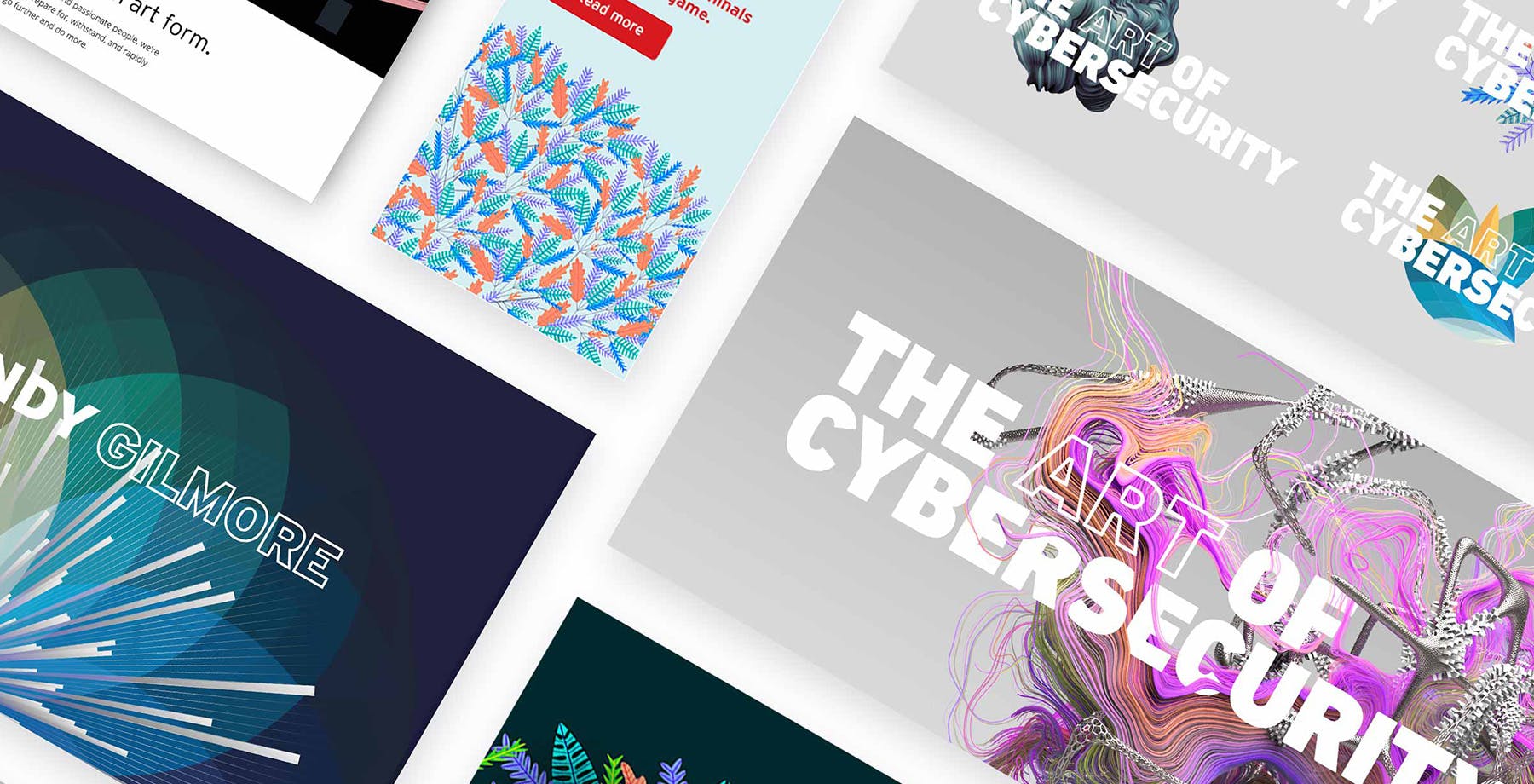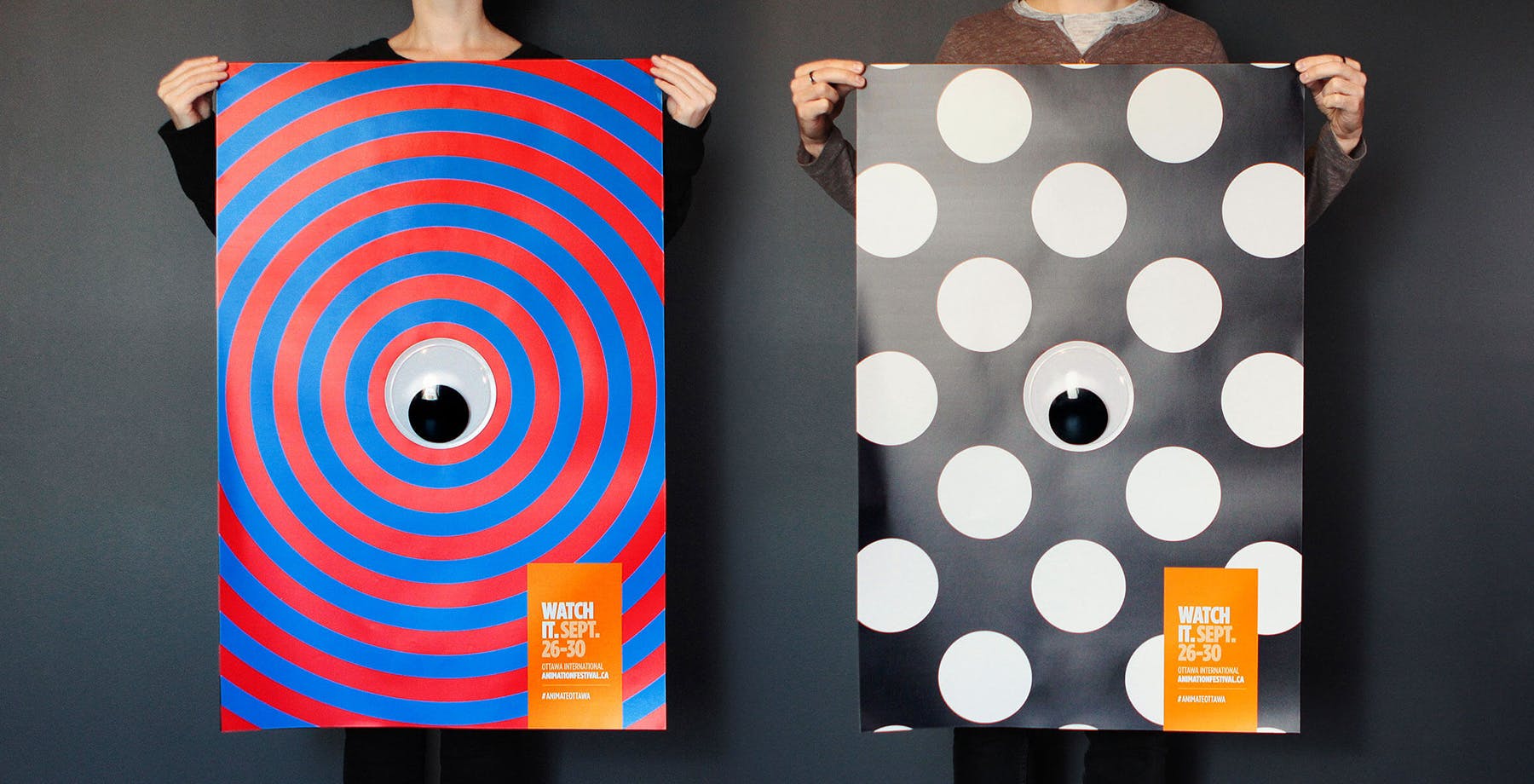Eyes on the prize
Good people to think with
Published 2019

We’ve always been proud of our design work, but being recognized by our peers—not once, not twice, but three times—takes things to a new level. It’s time to break open the bubbly; the good stuff, not the sparkling wine with the screw top.
A few months back we launched a campaign for Trend Micro that transforms security data into original works of art. This data visualization concept won Brand Identity Logo/Wordmark – Series with Applied Arts. See it here

Ottawa is home to the world’s largest animation festival and last autumn’s googly-eyed campaign was recognized by Applied Arts in two categories: Poster – Series and Entire Design Program – Campaign. See the work